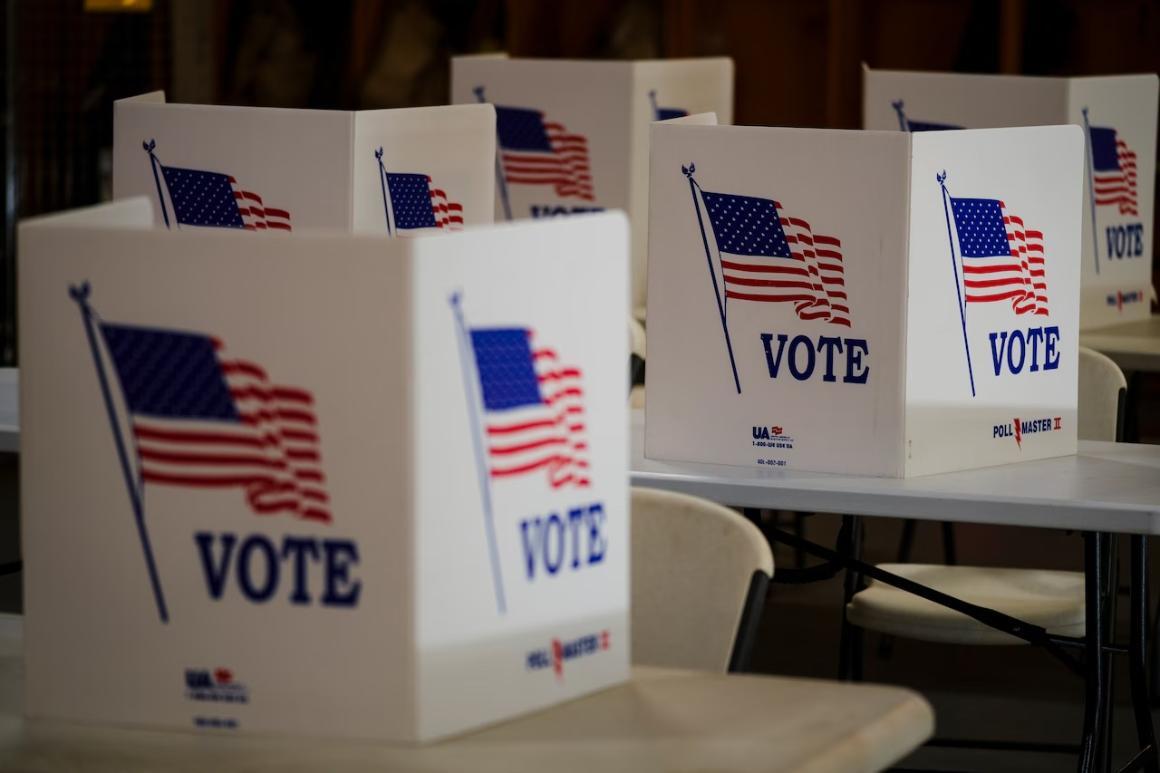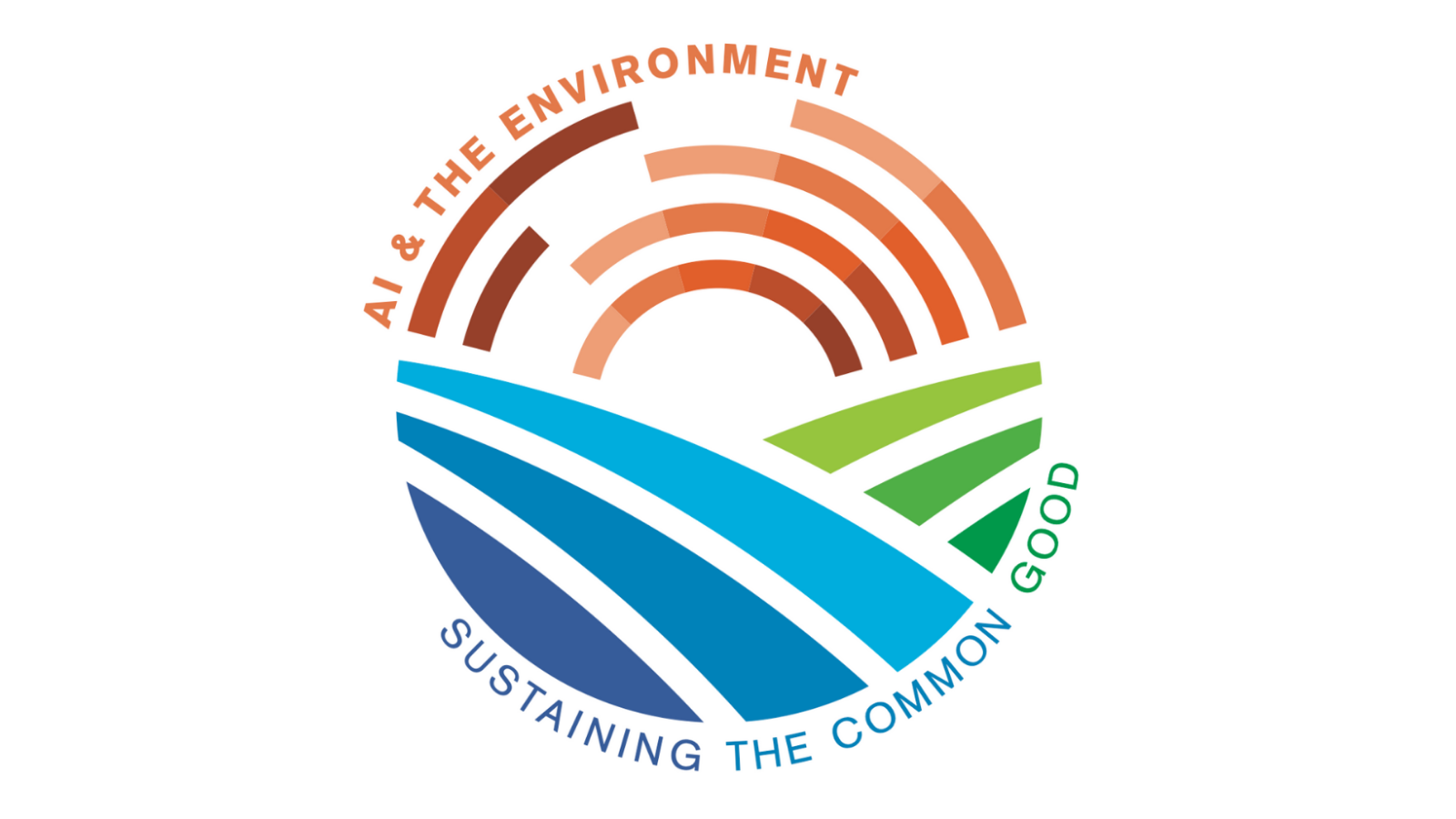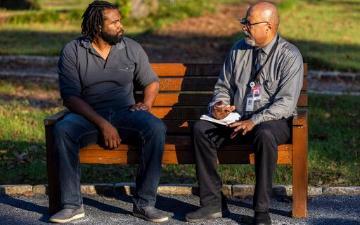How to build empathy in children
Anti-bullying expert and educational psychologist Michele Borba likes to tell the story of what she calls an “unselfie” school and how it built a culture of empathy.
Every morning, a group of students at the "unselfie" school would gather around to greet their peers as they climbed off the bus. At first, the bus riders reacted with confusion or indifference to the salutations. But after a couple of weeks they started to return the greetings, having learned to expect the human connection. It’s one of Borba’s favorite examples of how individuals can actually change a school’s climate. Something as simple as friendly tones helped kids begin to acknowledge each other and become more empathetic.
Borba, author of the book Unselfie: Why Empathetic Kids Succeed in Our All-About-Me World, visited the Ethics Center this month to discuss the growing lack of empathy in today’s children, and how parents and teachers can work to reverse this alarming reality.
Like so many other mothers, Borba was heartbroken by the tragedy of the Columbine massacre on April 20, 1999. Questioning how something so horrific could ever happen, she began to focus her studies on youth violence and bullying. Today, Borba has traveled all over the world, visiting classrooms and learning unique teaching methods in places like Rwanda, Alberta, Maine, and Vanuatu.
Through her studies and travels, she discovered that in order to teach a kid to care, we must first cultivate empathy. Without empathy you can’t have respect, tolerance or mercy. It takes empathy - seeing with the eyes of another, listening with the ears of another, feeling with the heart of another - to activate morality.
A study conducted at Yale University showed that even babies are clued in to the feelings of others, but by the age of two, their empathy has begun to decrease. Another study, conducted over the course of 30 years, finds that there has been a 40 percent decrease in empathy, as well as a 58 percent increase in narcissism in incoming college freshmen. It’s part of what Borba and other experts refer to as the selfie syndrome. Empathy is we, not me, and self-absorption kills empathy.
So how can parents and teachers help activate empathy in kids today? Borba cites writer and holocaust survivor Samuel P. Oliner’s concept of altruism: in order to make someone an altruist, you have to model it, expect it, and provide opportunities to do good.
Borba discovered one particular example of Oliner’s concept on the tiny island nation of Vanuatu. UNESCO has named Vanuatu the friendliest place on earth. It’s also one of the poorest places on earth. When Borba visited, nearly everyone she encountered smiled and said hello to her. Finally she inquired, “Why is everyone so nice here?” The answer: because everyone else is. Kindness was modeled and expected by all.
At a school in Canada, Borba met a boy named Josh who had become a victim of bullying. In order to remedy his situation, he did what he knew his dad would have wanted him to do: he stood outside of his school each morning and greeted every student as they came through the door.
Borba says building empathy in kids at school has a lot to do with emotional attunement on the part of the teachers. Children are hardwired to care, but adults need to set the example by being aware of the stress levels of their kids.
At some schools, Borba has seen faculty members post photos in the staff room of students who they are concerned about. Similarly, some teachers make assessment walls, with checkmarks next to the names of students with whom they have made a connection. Others still will take a moment and try to gain the perspective of their students by brainstorming with the kids: What would the perfect school look like? Where are the safest places in school, and where are the scariest?
Borba also emphasizes the importance of stretching the social hubs of children. Because we tend to empathize most with people who are like us, how do we get children to empathize more with the other?
Some K-8 schools have designated 20 minutes a week for “family time,” where sets of kids, big and small, young and old, get together and bond. Other schools enact Mix-It-Up lunch days, forcing kids to break out of their cliques and share a meal with new people.
And then there’s Seeds of Peace, an organization that invites teens living in war-torn areas all over the world to attend a camp in Maine (the kids are selected based on their leadership abilities). The goal is to strengthen human connections among kids of greatly different backgrounds, even kids who have been taught to hate based on ethnicity, religion, and other factors. The camp, whose slogan is “The Way Life Could Be,” has been running for 30 years, and many former campers have gone on to become leaders for peace in their home countries.
Through her travels, Borba knows that lack of empathy is not only a U.S. problem. She has seen it everywhere. But if places like Seeds of Peace can successfully build empathy in today’s youth, she believes that we can too.



